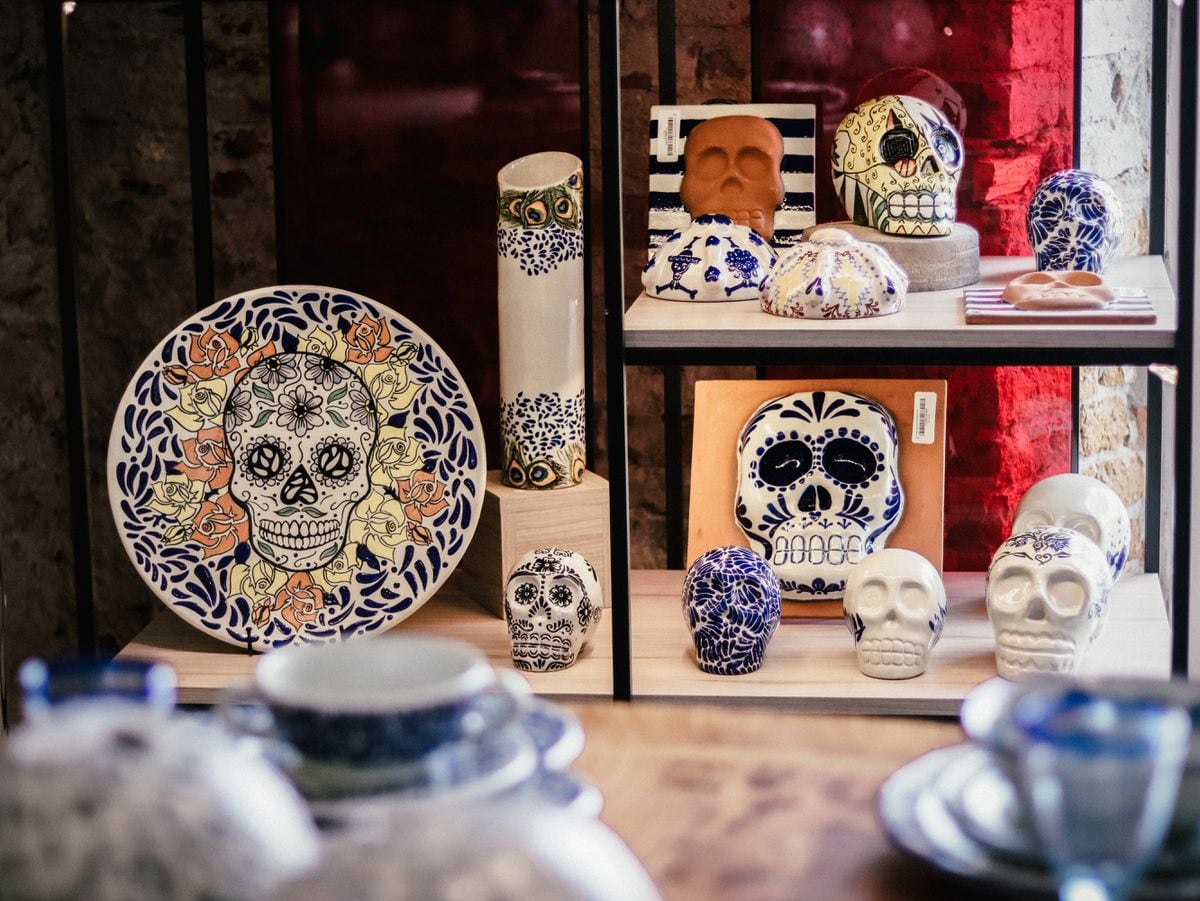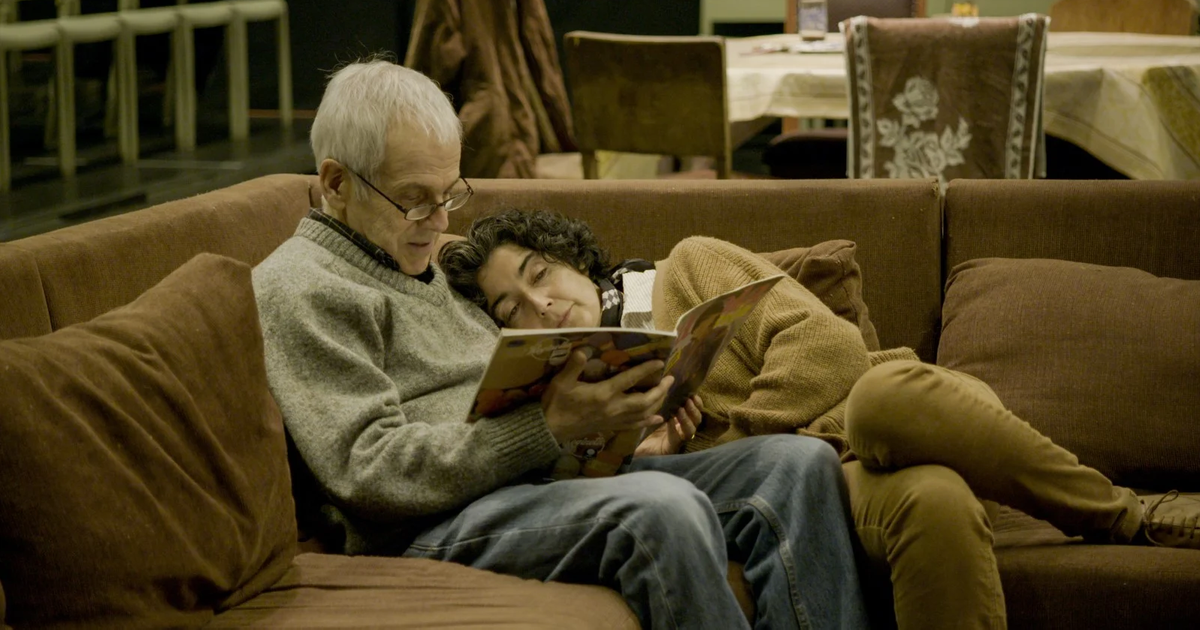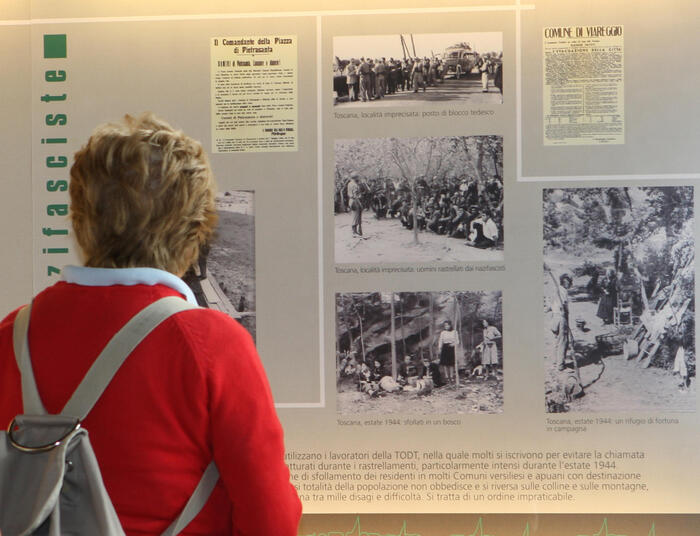Damascus-SANA
(The Oud) is the sultan of oriental instruments and the title of authentic rapture. Translated in the language of the strings, the stories of Syrian art and the creations of the people of this land, who consider it an essential part of their intangible cultural heritage inherited from their ancestors, and work to develop the knowledge and skills related to it.
The quality of the oud is measured by the quality of the wood first and ends with the melody. As for the word oud, it is an Arabic word meaning (wood), and its manufacture requires skill and precision, starting from the string and ending with the wedge. .
Craftsmen use symbols inspired by their lives and culture inherited from the ancestors to decorate the oud instrument. This instrument is still present in many social and cultural events, and its music was able to pass from one generation to the next and develop without giving up its originality as it is a major element in the intangible cultural heritage of groups and individuals and the preservation of It means preserving a large part of their memory and the foundations of their cultural identity.
In order to find out about the history of (the lute) in the ancient era, Sana met with an expert in the maintenance of stringed instruments at the Higher Institute of Music, a researcher in ancient oriental instruments, Issa Michel Awad, who indicated that the oldest appearance of the oud instrument dates back to the Akkadian era, about 3000 years BC, in the region between the two rivers. Mesopotamia”, which was confirmed by archaeologists through archaeological discoveries and wall drawings, and Egypt used it for the first time in the New Kingdom in 1500 BC, and in Syria the oud appeared in the 15th century BC, while it spread in Palestine, the Arabian Peninsula and Greece in the fourth century BC. And then it became known in all Arab countries.
Among the historical evidence for the presence of the oud according to Awad is what was mentioned in a psalm of the Prophet David, who lived in 2300 BC, saying (sing to the Lord with the oud and the harp, glorifying Him and glorifying Him), indicating that the word oud has been known since that date, but its shape evolved with time according to the needs of society, which was Its beginning is associated with religious rituals and accompanied by the performer's voice.
Awad talked about the influence of the famous musician Ziryab on the oud instrument in the Abbasid era, who worked to reduce the weight of the instrument, whether its shape was square, rectangular or circular. As for the strings of the oud at Ziryab, it was three strings, and after him, his student Ishaq al-Mawsili played a role in adding a fourth string to the oud. And he gave each tendon a name, including “zeer, bam, and tack.” The tendons made of animal intestines were colored as a kind of nature. He also used to make his chest from leather, but because of its influence on weather factors, its manufacture turned to wood, noting that the feather that was used was made of hard wood, and it has The harmonious influence of the strings to be replaced by the eagle's feather, and today they are made of different materials that are refined to adapt to the teacher, student or musician.
Awad pointed out that the oud used to accompany the human voice, oriental takht, or sessions and evening parties, but today it has different schools of “Damascene, Egyptian, Gulf, and others,” indicating that in modern schools the instrument was developed, including the musician Farid al-Atrash who worked on adding a string, as it became There is an implementation of music in its widest scope, and it is no longer confined to a singer or an oriental takht, but rather it has spread to present compositions related to the oud in dialogues that may be with the piano and the orchestra, indicating that according to the need of the author or the performer, additional strings are added in order to reach what achieves a sound space for the musical signs.
Among the most famous Syrian oud makers in the past, according to what Awad mentioned..the family of the Damascene sculptor who reached a full stage of creativity in making the instrument and it is known that before 1900 the measurements of the oud were irregular so that the work of this family of children and grandchildren is characterized by accuracy, durability, quality and regularity of sizes, in addition to the aesthetic aspect of the oud, Where they introduced the mosaic craft to it, using the natural colors of wood manufactured for the oud, such as walnut, cypress, apricot, and roses, not to mention singing them with the vocal hole that was characterized by infinite accuracy, and took different shapes while preserving the quality, strength, and durability of the instrument.
Awad reviewed the most famous Damascene oud makers in the past, Sinbat Badrositan, Abdul Majeed Al-Hamwi, and the Al-Qadmani brothers. In the middle stage, they included Qarbet Bedrosian, Muhammad Safi, and Ali Khalifa Al-Jed. In modern times, the grandson Ali Khalifa works in this profession, as he copied and developed the Damascene school, noting that in the past the work was manual And from Aleppo, among them were Michel Khawam and Jamil Kandalaft, who made a oud from seashells, and presented it to Farid al-Atrash, and Naim Jurji Dalal, whose oud was distinguished by vocal openings, and in Homs, Adel Adeeb and Mustafa Al-Awir, pointing out that the oud maker was not proficient in playing it, but today they are professional musicians And they are also skilled oud makers, which made the development clear and elaborate, since the (manufactured player) is better able to recognize mistakes and avoid them.
Awad concluded: “The sound of the Damascene oud is distinguished from the rest of the schools by its technique and sound, and what distinguishes the sound of the Damascene oud is that it is based on sadness, melodious sound and warmth, as it is a soulful sound.”
Rasha Mahfoud
Follow SANA's news on Telegram https://t.me/SyrianArabNewsAgency










/cloudfront-eu-central-1.images.arcpublishing.com/prisa/KMEYMJKESBAZBE4MRBAM4TGHIQ.jpg)


/cloudfront-eu-central-1.images.arcpublishing.com/prisa/EXJQILQR5QI7OMVRTERD7AEZAU.jpg)
